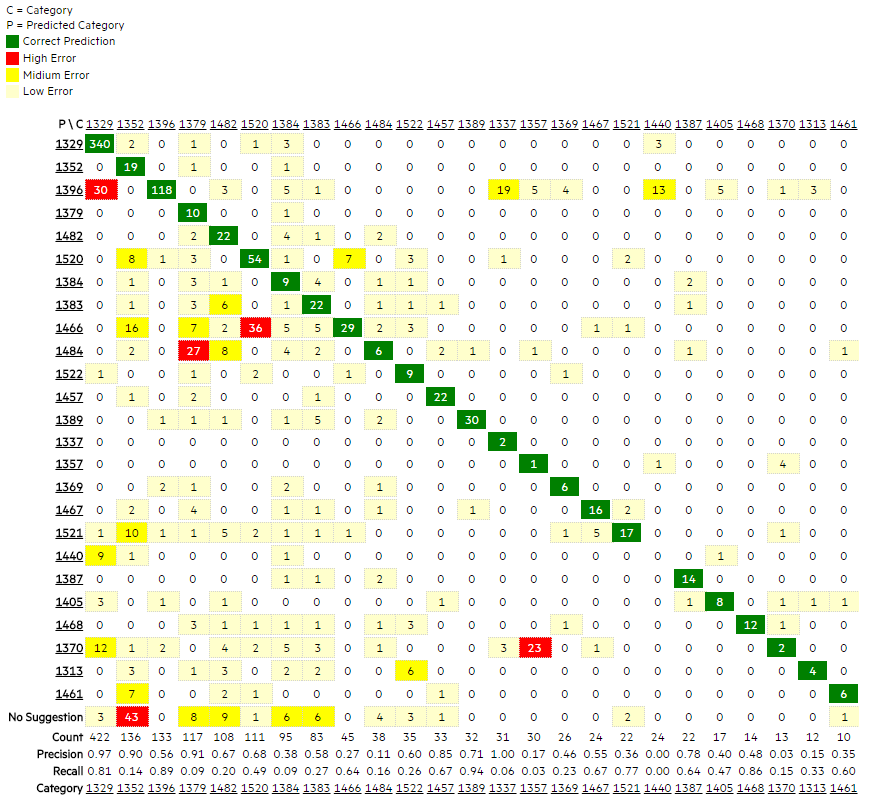Searching the Help
To search for information in the Help, type a word or phrase in the Search box. When you enter a group of words, OR is inferred. You can use Boolean operators to refine your search.
Results returned are case insensitive. However, results ranking takes case into account and assigns higher scores to case matches. Therefore, a search for "cats" followed by a search for "Cats" would return the same number of Help topics, but the order in which the topics are listed would be different.
| Search for | Example | Results |
|---|---|---|
| A single word | cat
|
Topics that contain the word "cat". You will also find its grammatical variations, such as "cats". |
|
A phrase. You can specify that the search results contain a specific phrase. |
"cat food" (quotation marks) |
Topics that contain the literal phrase "cat food" and all its grammatical variations. Without the quotation marks, the query is equivalent to specifying an OR operator, which finds topics with one of the individual words instead of the phrase. |
| Search for | Operator | Example |
|---|---|---|
|
Two or more words in the same topic |
|
|
| Either word in a topic |
|
|
| Topics that do not contain a specific word or phrase |
|
|
| Topics that contain one string and do not contain another | ^ (caret) |
cat ^ mouse
|
| A combination of search types | ( ) parentheses |
|
Understand Confusion Matrix data
The following figure shows an example Confusion Matrix.

A Confusion Matrix is a two-dimensional matrix: each column header is a true Category ID and each row header is a predicted Category ID. Each intersection cell lists the number or ratio of records that actually belong to the column category but are predicted as the row category.
Each value on the diagonal line indicates the number or ratio of correctly predicted tickets for this category, and is highlighted in green.
Each of other values indicates the number of ratio of incorrectly predicted tickets for the category, and is highlighted in light yellow, dark yellow, or red, based on the Medium Error Threshold and High Error Threshold values that you have defined.
You can find the following information from the header of Confusion Matrix form.
| Item | Description |
|---|---|
| Comment | In this field, you can add comments for this test round. |
| Test Time | Timestamp of this test round. |
| Test Result |
The accuracy results of this test round, including the following:
|
Also, at the bottom of the Confusion Matrix table, there are several other things, which are aligned to each category:
| Item | Description |
|---|---|
| No suggestion |
This is the number of tickets in this category that the system did not provide a suggested category. |
| Count |
This is the total number of test tickets in this category, including successful, failed, and no suggestion. |
| Precision | A precision value indicates the ratio of the number of correctly predicted records in a row (the green number in a row) to the sum of all predicted records in the same row (sum of the row). |
| Recall |
A recall value indicates the ratio of correctly predicted records (the green number in a column) to the sum of all predicted records in this category (sum of the column). |











